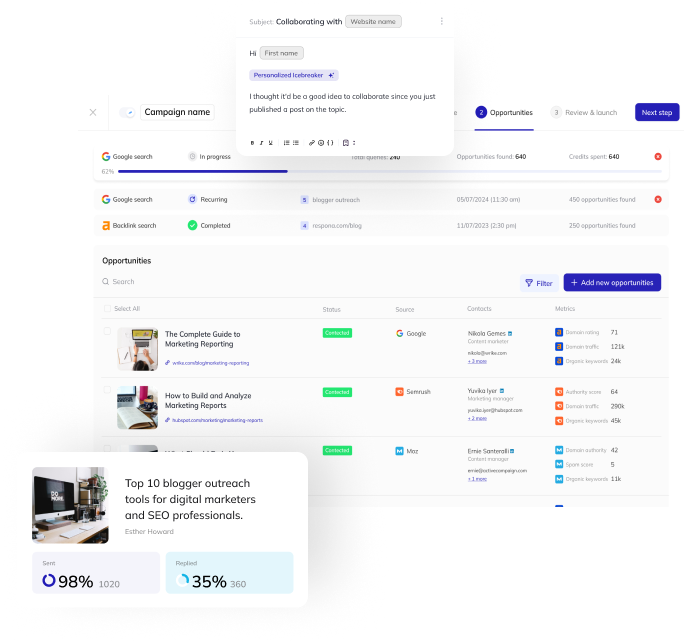We have covered link building quite extensively on our blog already.
But, can SEO be effective without link building supporting your content?
Yes.
In this article, we’ll cover:
- How you can do SEO without link building
- The most important on-page and technical SEO strategies
- How the content quality is the ultimate ranking factor
Let’s get into it.
Link building cheat sheet
So, Can You Do SEO Without Link Building?
Yes, you can do SEO without link building pretty effectively.
Content quality remains the ultimate ranking factor that will stand the test of time, even amidst Google’s constant algorithm changes.
High-quality, engaging, and relevant content naturally attracts visitors, boosts user engagement, and keeps people coming back for more.
When your content answers user queries and provides value, search engines recognize this and are more likely to rank your pages higher.
Ensuring excellent site navigation, crafting compelling content, and optimizing for performance across all devices are crucial steps toward organic visibility.
But don’t stop there.
Technical optimizations like configuring your `robots.txt` files properly, creating a solid internal linking structure, and maintaining a fast-loading, mobile-friendly site all play significant roles in your SEO strategy.
These foundational elements ensure that search engines can efficiently crawl and index your site, increasing the chance of your content getting seen.
However, to truly amplify your organic reach, link building remains highly recommended.
On-Page SEO
Let’s get started with on-page optimization and what it typically entails.
Good Content!
High-quality content is the cornerstone of successful SEO. Ensure your content is engaging, informative, and adds genuine value to your audience, thus naturally attracting organic traffic and improving dwell time.
Use tools like Google Keyword Planner, Ahrefs, or SEMrush to identify keywords that your target audience is searching for. Tailor your content to address these queries.
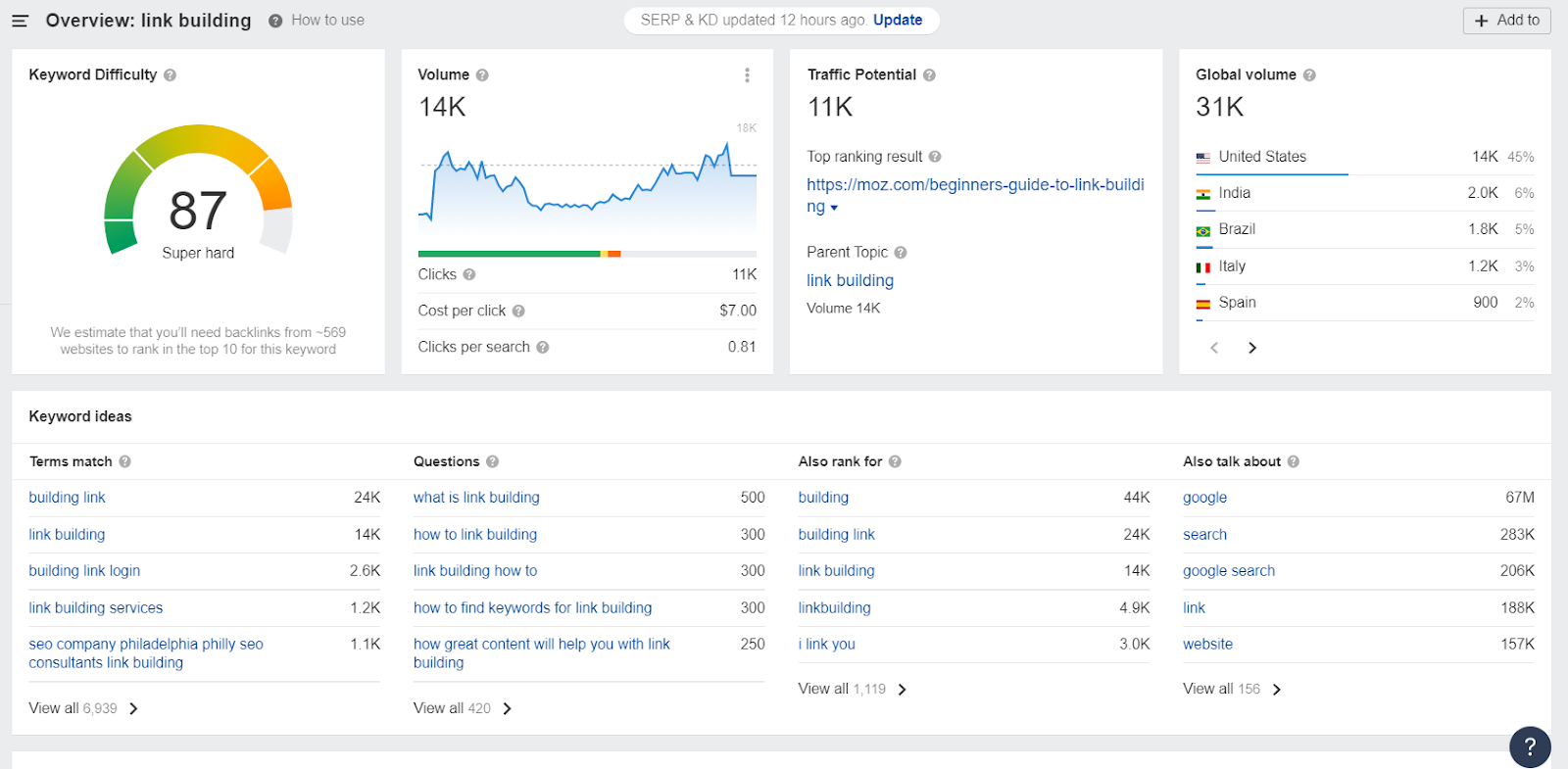
Don’t just stick to text. Incorporate videos, infographics, images, and interactive content to make your page more engaging and shareable.
Title and Meta Tags
Optimize your title and meta tags to include primary keywords and accurately describe the page content.

This helps search engines understand what your page is about and can enhance your click-through rate in search results.
Also, check your tags with tools like the SERP Checker to make sure your titles aren’t getting truncated.
Heading Structure
Utilize proper heading structures (H1, H2, H3, etc.) to organize your content and make it easier for both users and search engines to navigate and understand the focus of each section.
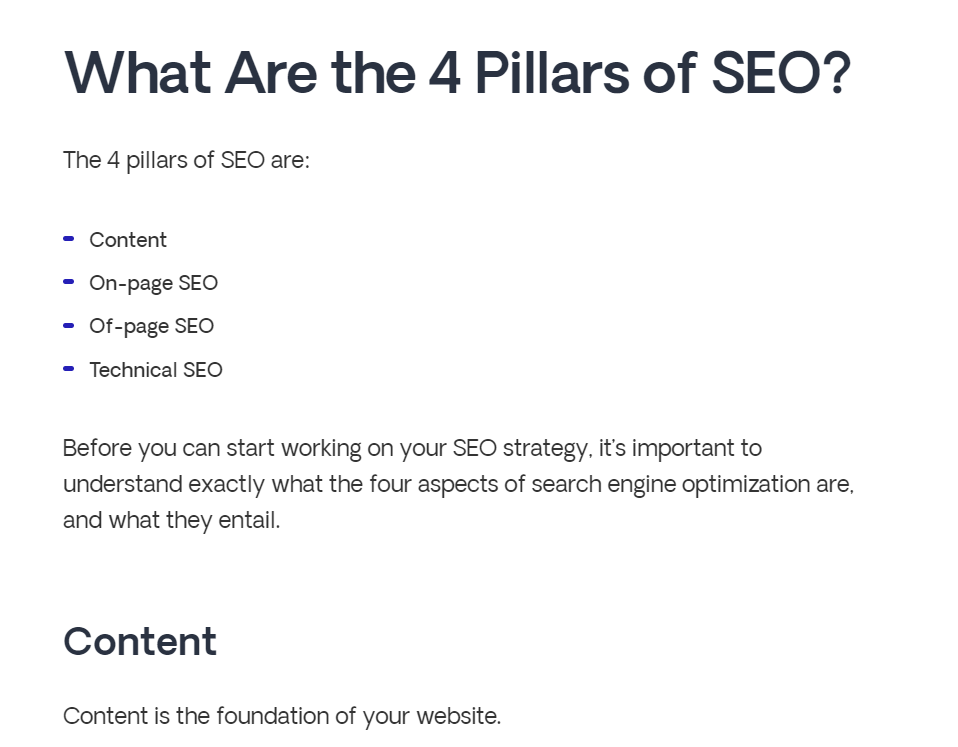
For example, you only need one H1, and several H2s further broken down by H3s.
Keyword Optimization
Incorporate relevant keywords naturally within your content, headings, and meta tags to ensure your page ranks for targeted search queries.
Avoid keyword stuffing, as it can lead to penalties from search engines.
There are many keyword optimization tools like Marketmuse and SurferSEO that can help optimize your content without stuffing.
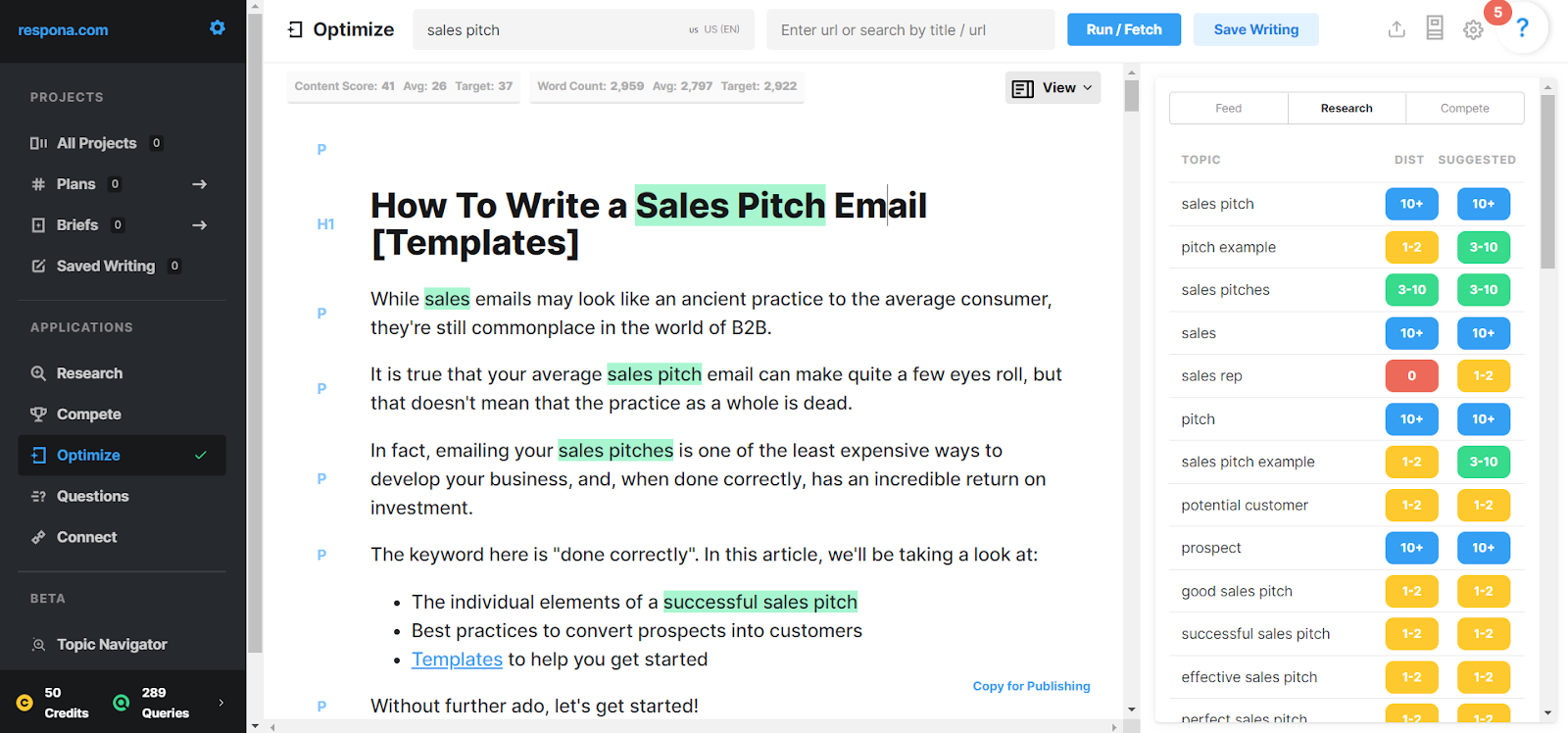
Image Optimization
Optimize images by compressing files for faster load times and using descriptive, keyword-rich alt tags.
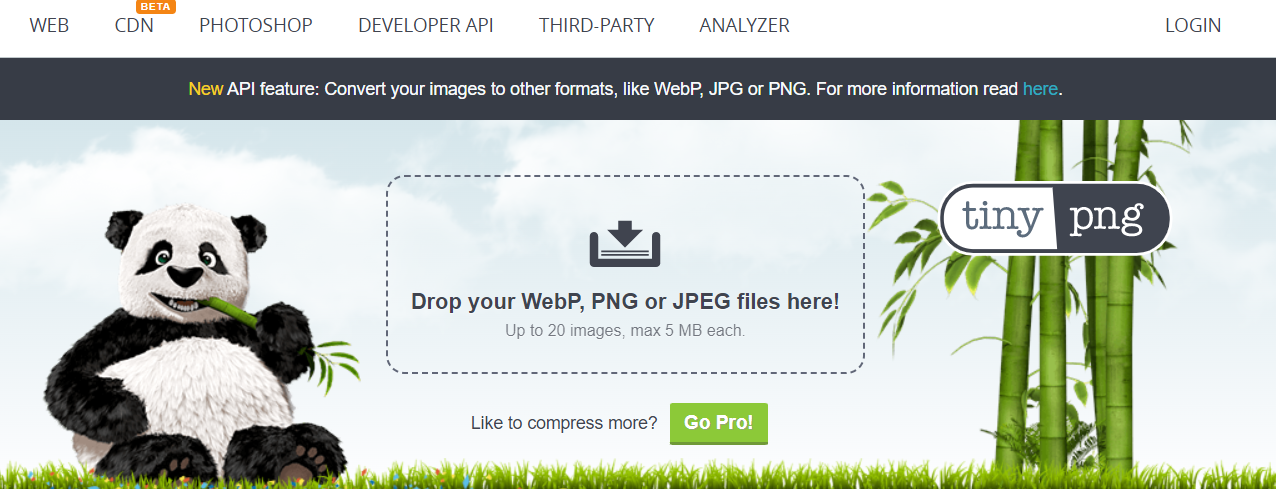
This not only improves user experience but also helps search engines understand and index your images.
Internal Linking
Use internal linking to connect related content within your website, which helps distribute link equity and makes it easier for users and search engines to navigate your site.
The “Golden rule” of internal links is that every page on your website should be accessible in 3 clicks or less.
The fewer clicks needed, the better your crawlability will be.
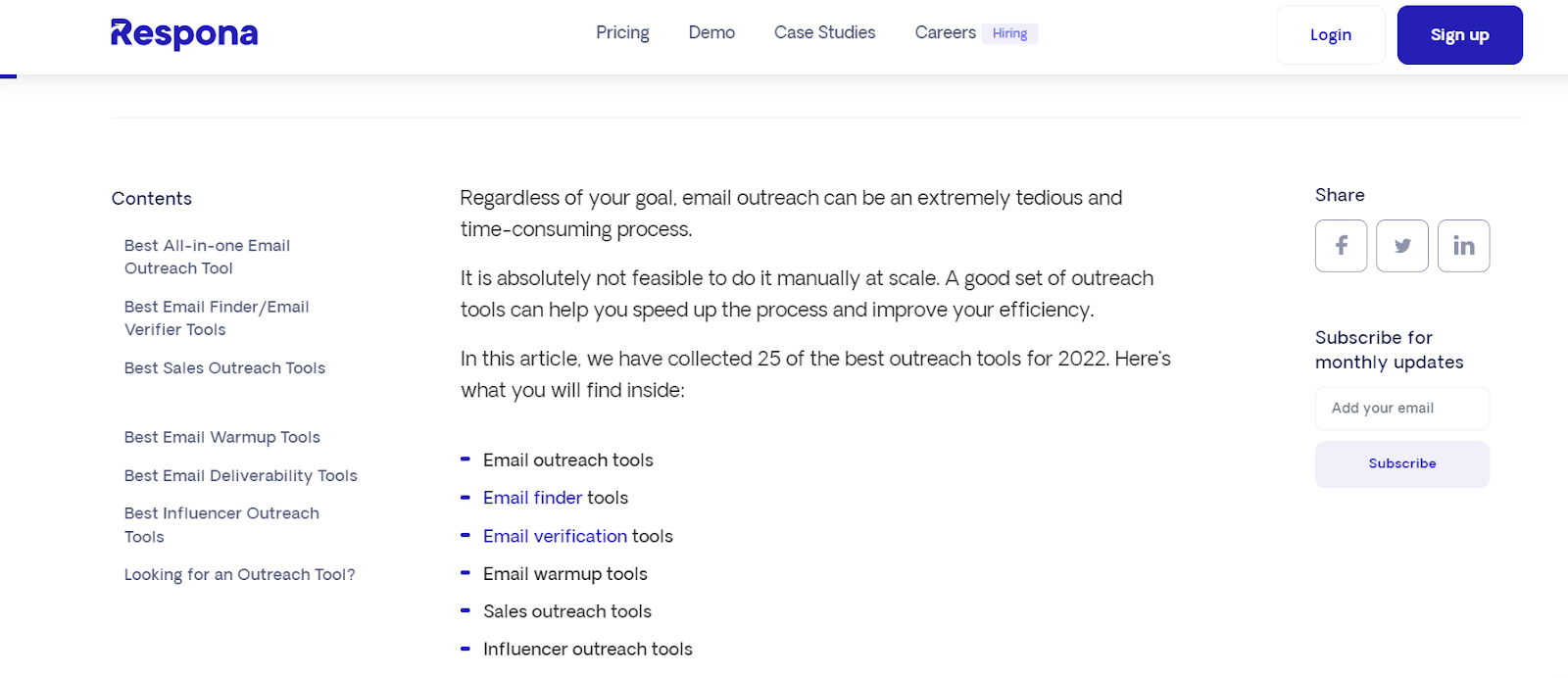
Duplicate Content
Avoid duplicate content as it can confuse search engines and dilute your SEO efforts. Use unique content for each page and implement canonical tags where necessary to indicate the preferred version of a page.
Use Google Search Console’s Coverage Report to find instances of duplicate content. It can alert you to pages that Google has identified as duplicates.

Call-To-Action
Incorporate clear and compelling calls-to-action (CTAs) to guide users toward desired actions, such as signing up for a newsletter or making a purchase.
Use strong, clear, and concise language that tells users exactly what you want them to do. Phrases like “Sign Up Now,” “Download Free Guide,” and “Get Started Today” are direct and compelling.
Make your CTA visually stand out by using contrasting colors compared to the rest of the page. This catches the user’s eye and draws their attention towards the CTA.
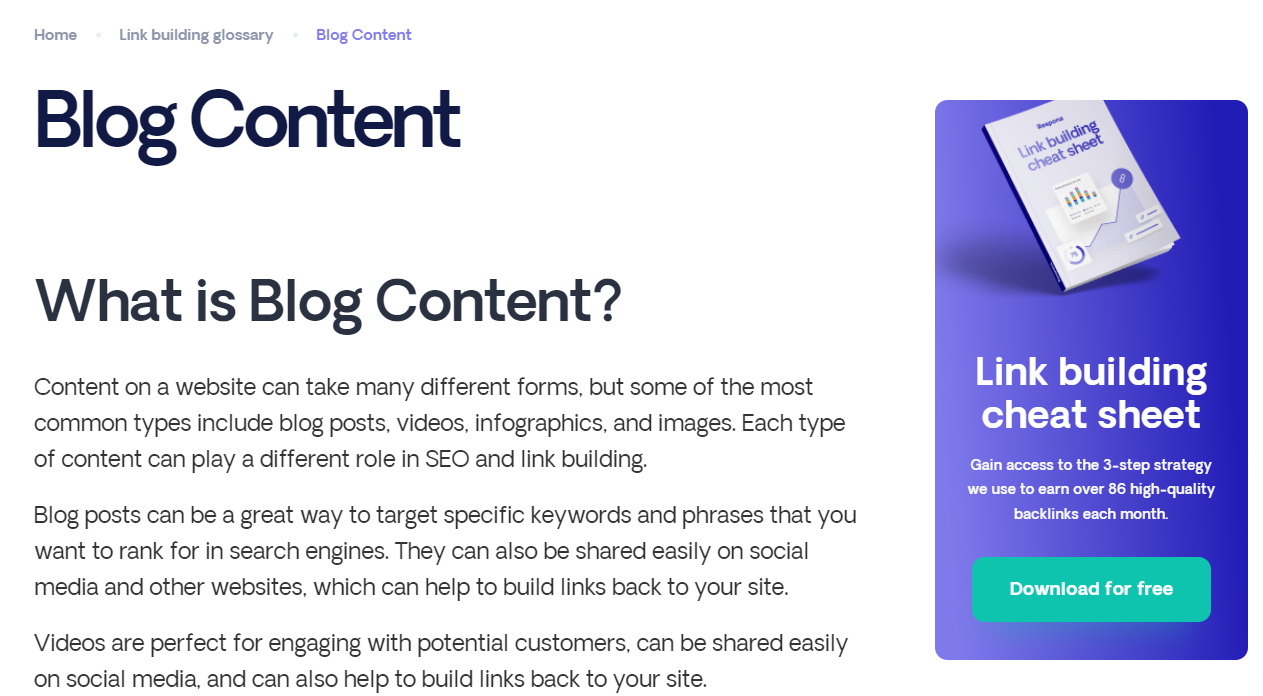
Ensure that the CTA button’s design, including font and size, is consistent with your brand while being easily distinguishable from other elements on the page.
Local SEO
Local SEO is mostly about leveraging Google My Business (GMB).
Setting up and optimizing your GMB profile results in your business appearing in local search results and on Google Maps.
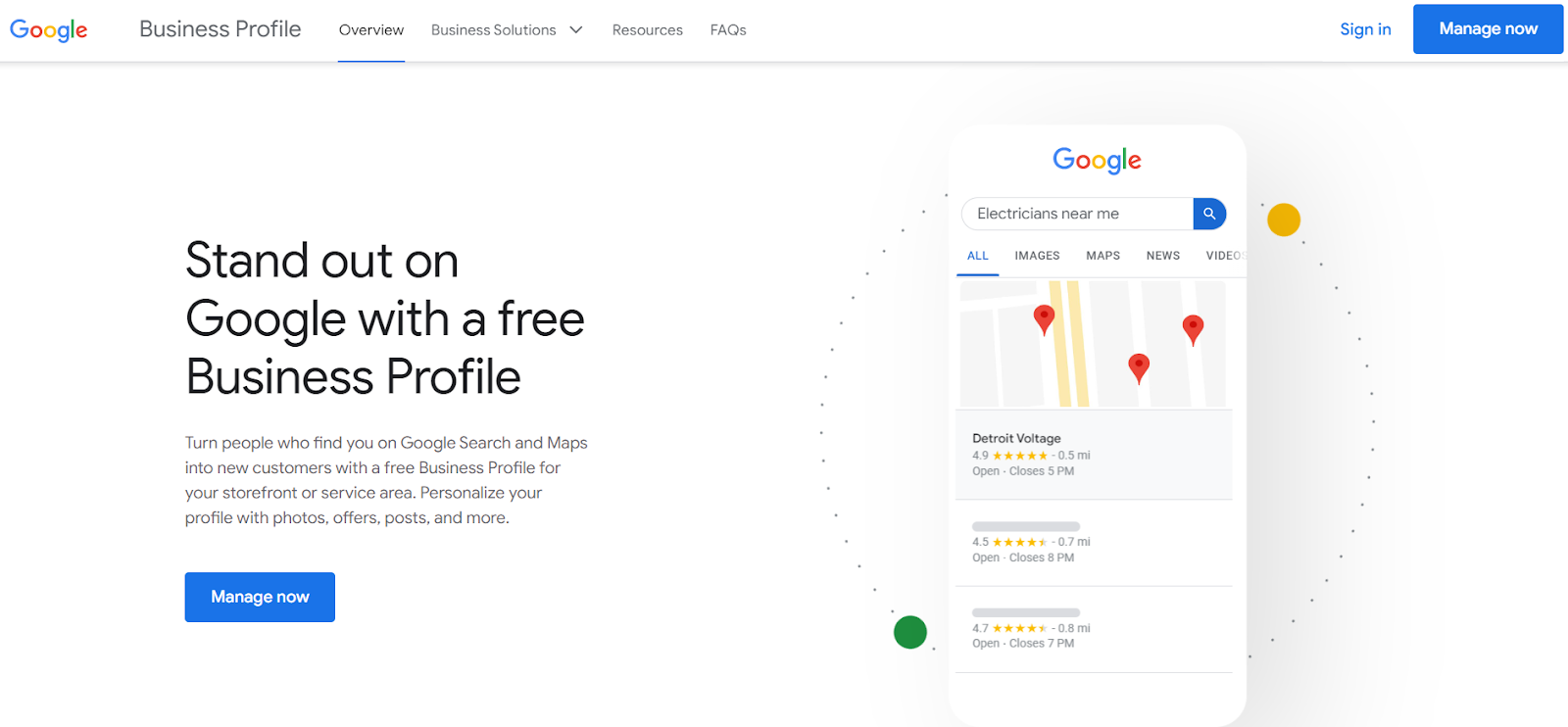
To get started, claim your business profile and fill out all relevant information, including your business name, address, phone number, social media handles, website, hours of operation, and categories.
Add high-quality photos and use relevant keywords in your description to improve your profile’s visibility in local searches.
Technical SEO
As opposed to content, technical SEO includes performance and security optimizations of your website.
Page Speed & Mobile Optimization
Ensure your site loads quickly and is fully optimized for mobile devices.
Faster page speeds improve user experience and are favored by search engines, while mobile optimization ensures your site performs well on all devices.
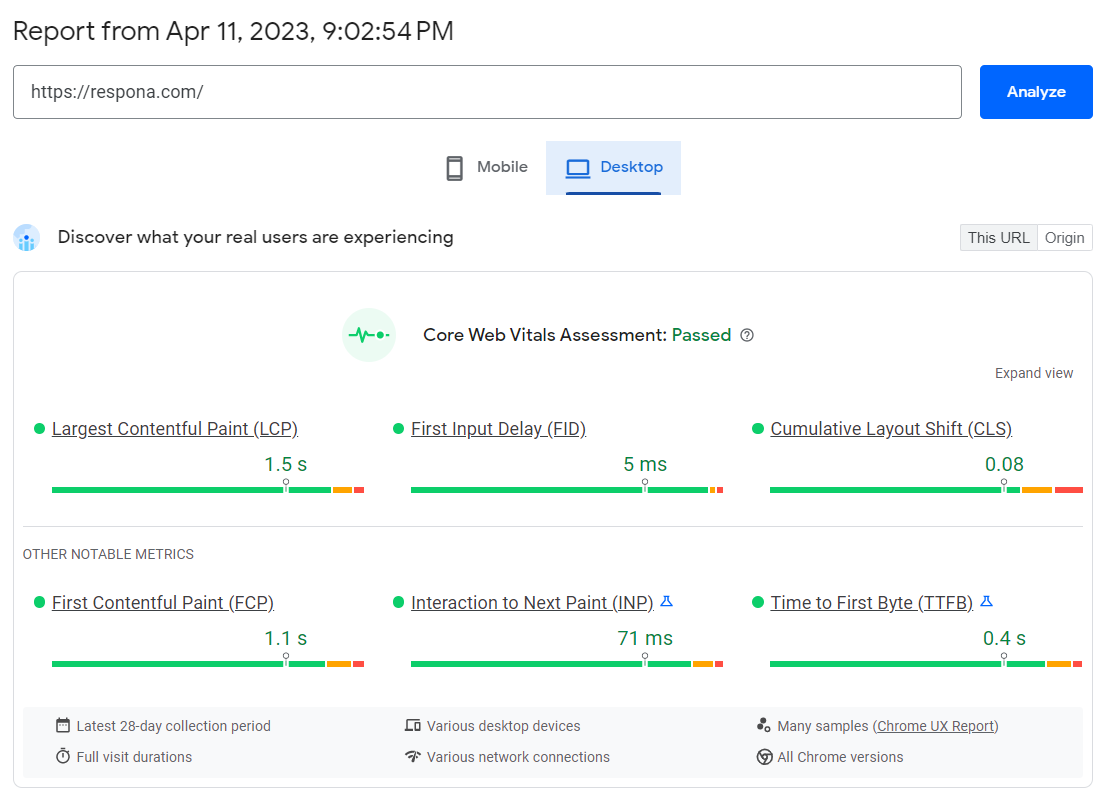
Google’s Page Speed Insights is a great tool for quickly testing your desktop and mobile performance.
It even provides you with suggestions on how your performance can be improved.
XML Sitemap & Robots.txt
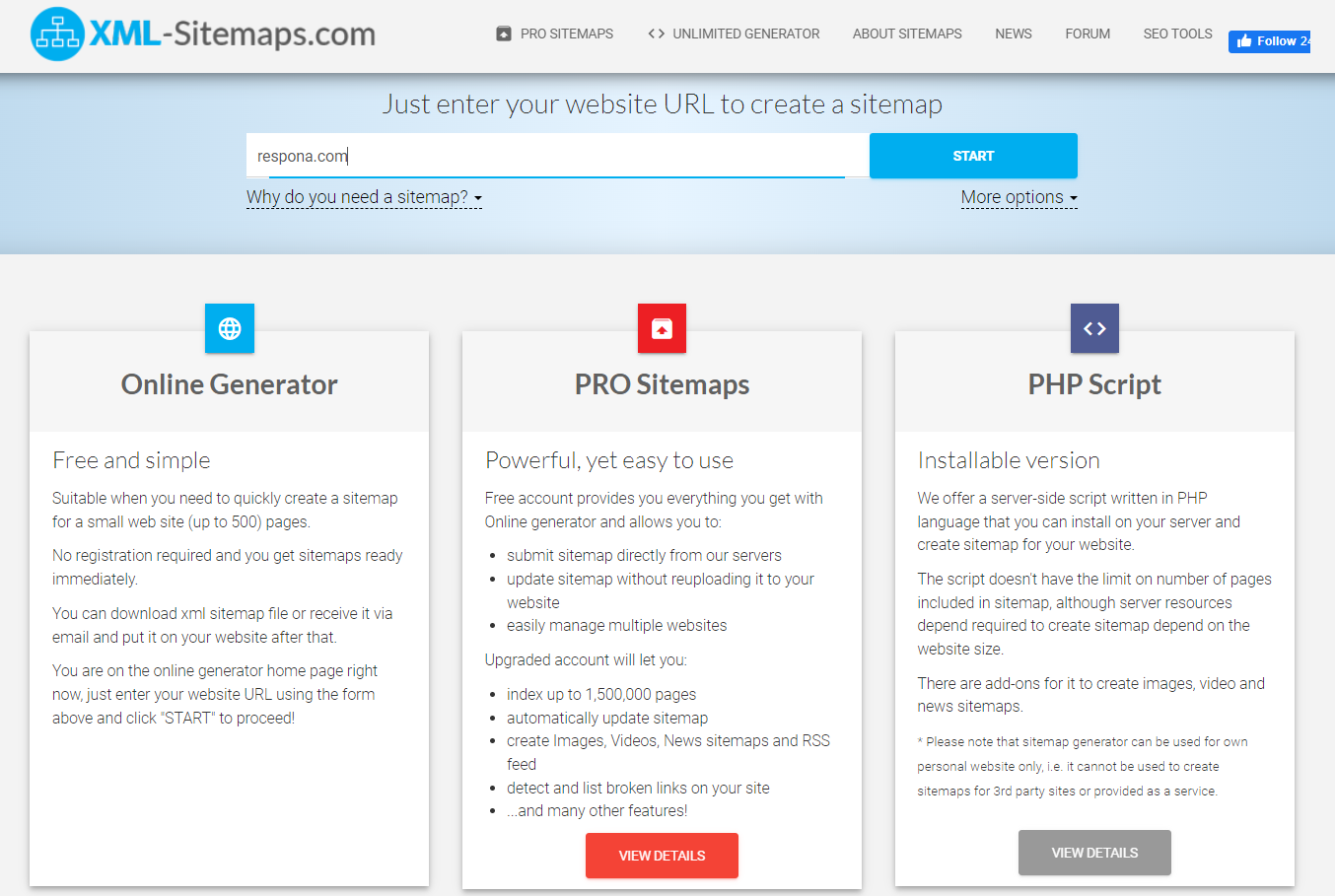
Submit an XML sitemap to search engines to help them crawl and index your site more efficiently.
Use a `robots.txt` file to control and manage which parts of your site are accessible to search engine crawlers.
SSL Certificate
Implement an SSL certificate to secure your site with HTTPS, which protects user data and is a ranking factor for search engines.
HTTPS sites quite literally rank better than HTTP ones, with extremely rare exceptions.

Crawlability
Ensuring that search engines can easily crawl and index your website is fundamental to achieving strong SEO performance.
Here are specific ways to improve your site’s crawlability:
Use a clean site structure with logical, hierarchical organization and internal links that make it easy for search engines and users to navigate.
Fix broken links and redirect chains, as they can confuse search engines and waste valuable crawl budget.
Also, consider using the “noindex” meta tag for pages that you don’t want to be indexed, like outdated or low-value pages.
You can also request indexing manually in Google Search Console.
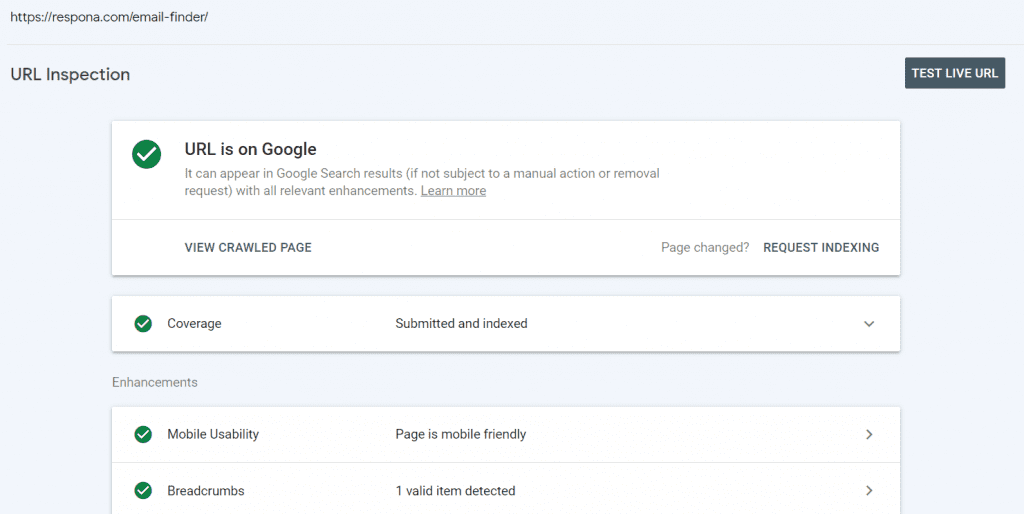
Server Response Time
Server response time, often referred to as Time to First Byte (TTFB), is a critical metric in SEO. It measures the time it takes for a user’s browser to receive the first byte of data from your web server after a page request.
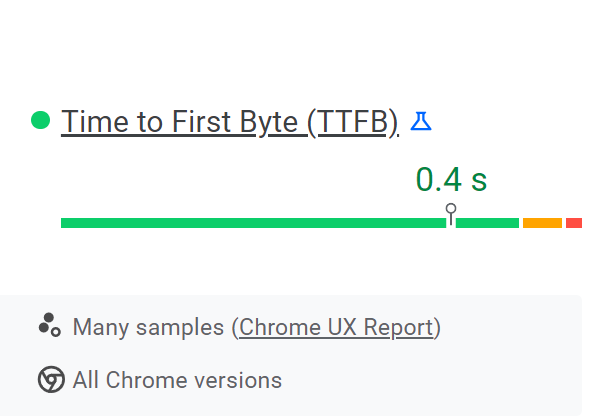
A low server response time is essential not only for enhancing user experience but also for improving SEO, as search engines like Google prioritize fast-loading websites.
Users are more likely to leave your site if it takes too long to load, which can increase your bounce rate and negatively impact your rankings.
First, ensure your web server is configured optimally with the latest software versions and sufficient resources, such as CPU, memory, and storage.
Additionally, leveraging a Content Delivery Network (CDN) can accelerate response times by caching and serving static resources from various global locations, reducing the load on your primary server.
Link building cheat sheet
Now Over to You
So, here are some essential strategies you can use for SEO without link building.
Another non-SEO tactic that has a massive impact on SEO is becoming a guest on other people’s podcast.
This establishes you as a trustworthy source and generates targeted traffic for your businesses.
Need help getting started with booking podcasts?
Don’t hesitate to start your 14-day free trial with Respona to see how we can help.
Frequently Asked Questions (FAQ)
Is it possible to rank well on search engines without link building?
Yes, it is possible to rank well without link building.
Focusing on on-page SEO elements like content quality, keyword optimization, and technical SEO can significantly boost your website’s ranking without relying on external links.
What are the key on-page SEO techniques to focus on if not using link building?
Key on-page SEO techniques include optimizing title and meta tags, using proper heading structure, optimizing images, ensuring mobile-responsiveness, and improving page speed.
These elements help search engines better understand and index your content, enhancing your site’s visibility and user experience.
Can internal linking replace external link building?
While internal linking can’t fully replace external backlinks, it plays a crucial role in on-page SEO.
Proper internal linking helps distribute link equity throughout your site and improves user navigation, which can positively impact your search rankings.
How does content quality impact SEO without link building?
High-quality, relevant content marketing attracts visitors and keeps them engaged, which signals to search engines that your website is valuable.
Regularly updating your site with well-researched, engaging content can drive organic traffic and improve your rankings, minimizing the need for link building.
What role does technical SEO play in ranking without backlinks?
Technical SEO ensures that search engines can efficiently crawl and index your site, which is crucial for good rankings.
Elements like site speed, XML sitemaps, mobile optimization, and secure HTTPS connections all contribute to a better user experience and improved search engine visibility, even without backlinks.






